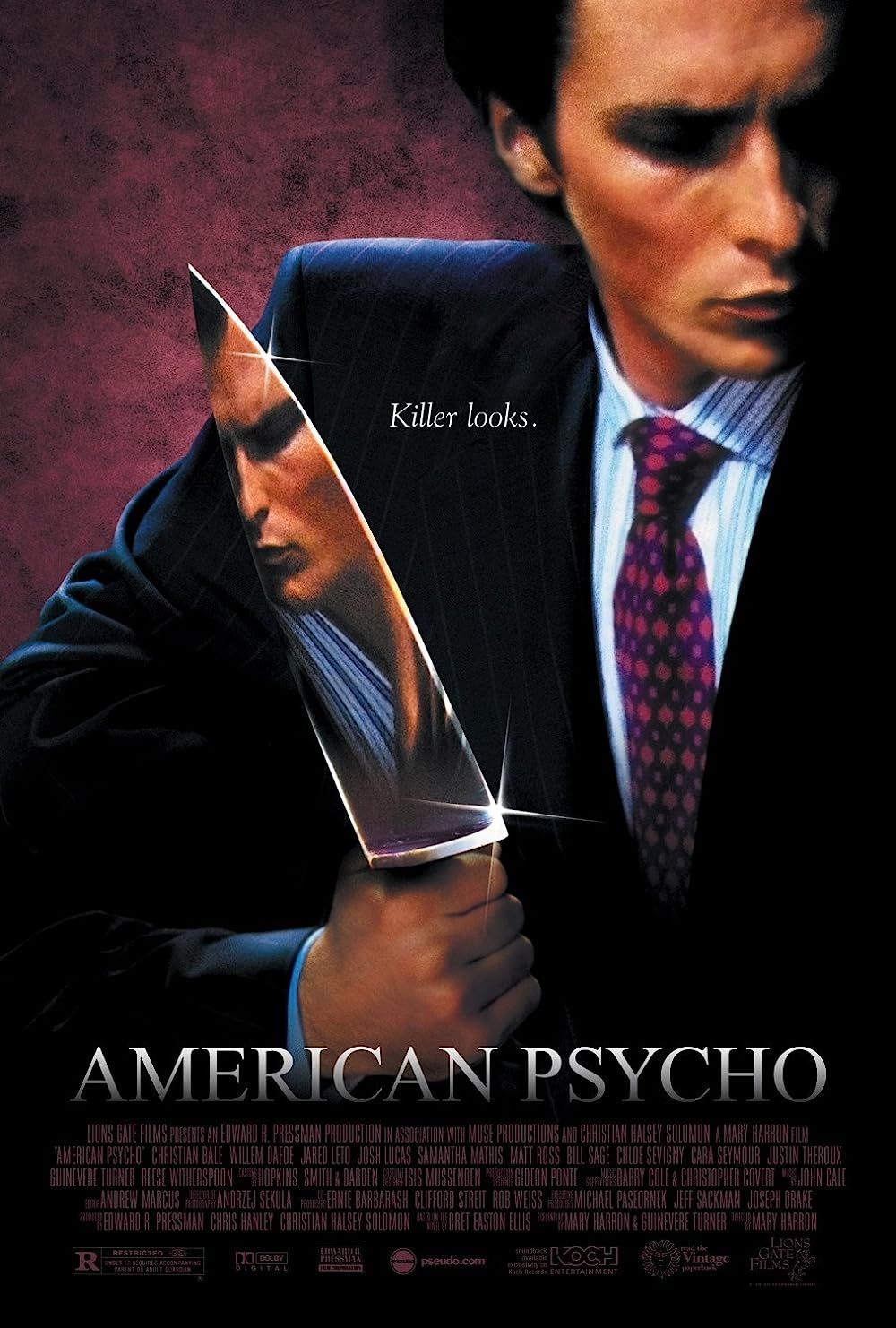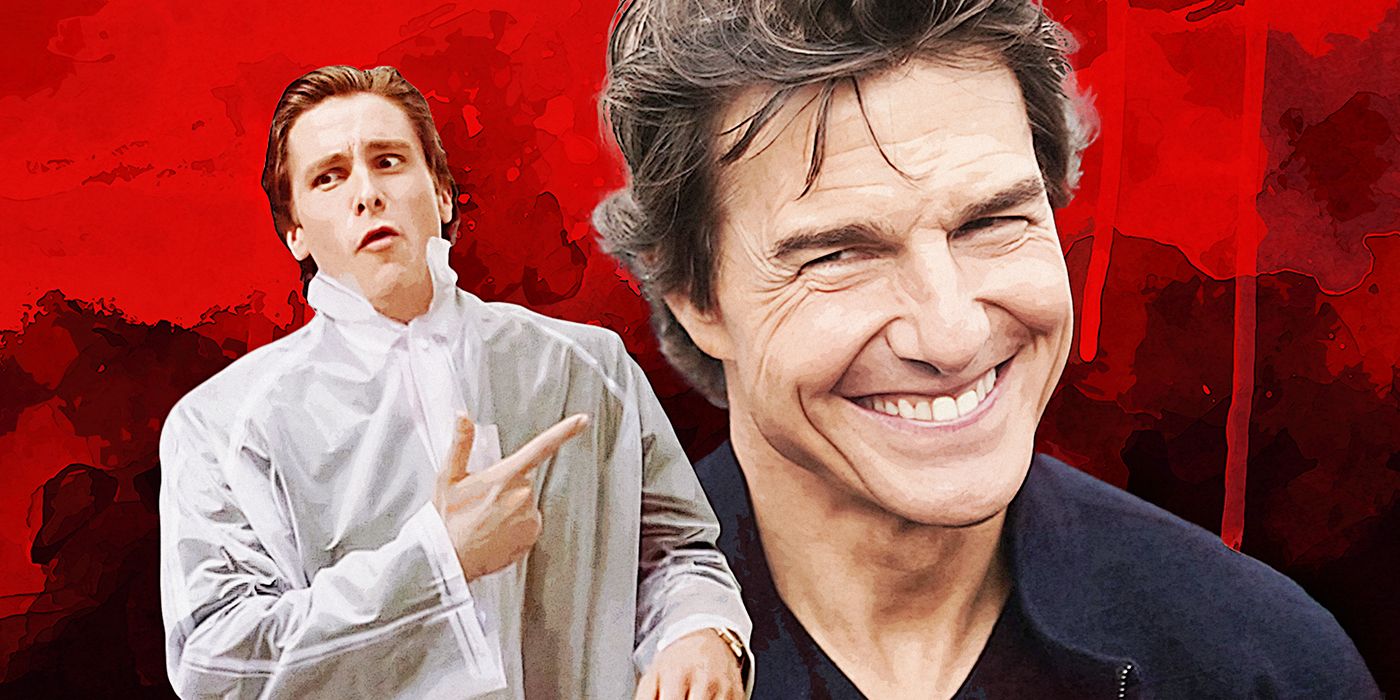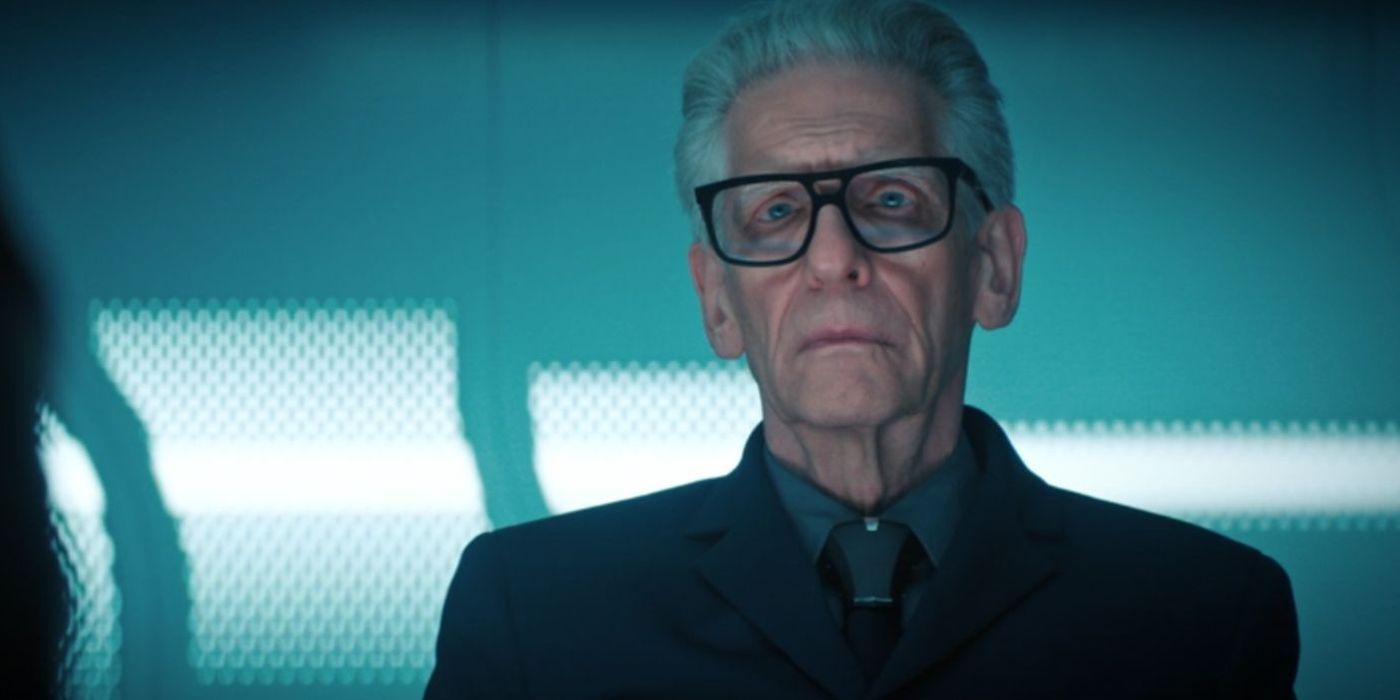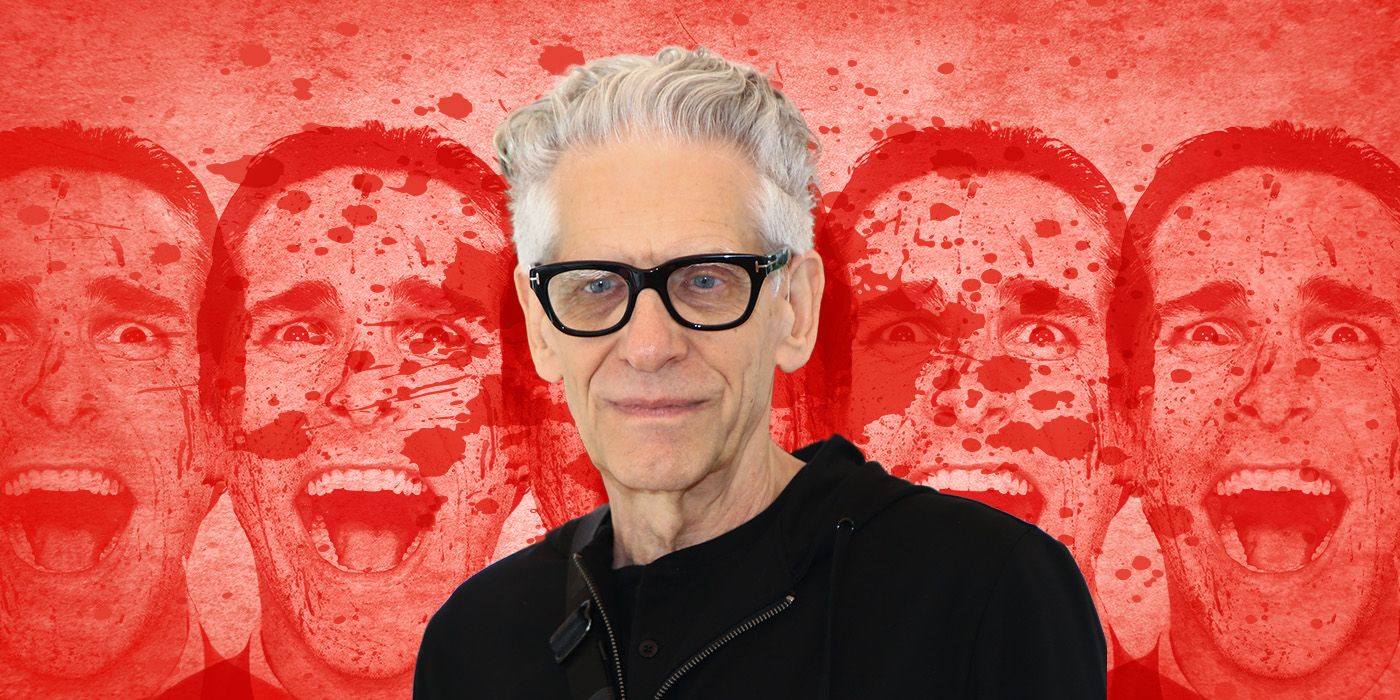The Big Picture
- Adapting Bret Easton Ellis’
novel
American Psycho
was challenging due to its controversial content and unique narrative style. - David Cronenberg was initially set to direct, but left due to creative differences. Mary Harron then stepped in as director, with Christian Bale in the lead role of Patrick Bateman.
- Mary Harron was the perfect director for
American Psycho
, bringing a mix of satire, violence, and social commentary.
Crafting a great cinematic adaptation of popular source material is by no means an easy task, as taking a beloved novel and bringing it to the big screen does not guarantee any success. The two mediums are so radically different that changes must be made in order to fit the parameters of a film; however, any significant changes to the original text risk irritating fans of the novel, or missing the point of the source material entirely. Given how rare it is for seemingly “unadaptable” novels to succeed as films, the overwhelming success of Mary Harron’s 2000 adaptation of the Bret Easton Ellis novel American Psycho is somewhat of a miracle. Harron managed to translate the cantankerous writing style and create a modern cult classic. While the film certainly gave Harron a major boost in her career, American Psycho was almost directed by the cult horror filmmaker David Cronenberg.

American Psycho
In New York City in 1987, a handsome, young urban professional, Patrick Bateman (Christian Bale), lives a second life as a gruesome serial killer by night. The cast is filled by the detective (Willem Dafoe), the fiance (Reese Witherspoon), the mistress (Samantha Mathis), the coworker (Jared Leto), and the secretary (Chloë Sevigny). This is a biting, wry comedy examining the elements that make a man a monster.
Release Date April 13, 2000
Director Mary Harron
Runtime 102
Writers Bret Easton Ellis , Mary Harron , Guinevere Turner
Studio Lion’s Gate Films
Why Was ‘American Psycho’ So Hard To Adapt?
Released in 1991, American Psycho was a deeply satirical novel about the haunted mind of its titular protagonist, Patrick Bateman. While Bateman maintains the public persona of a polished Manhattan banker, he secretly has a double life as a vengeful serial killer who stalks the streets of New York murdering both strangers and business rivals. With its strongly nihilistic themes, completely unlikable protagonist, and satire of New York high society, American Psycho seemed to be too devoid of narrative cohesion to make a compelling film. The novel’s anarchic style, framed through Bateman’s voice, seemed counterintuitive to what would be possible onscreen.
Despite concerns about the feasibility of adapting such a challenging and controversial novel as a mainstream Hollywood studio film, Lions Gate Films purchased the rights to American Psycho as the novel was becoming a phenomenon. Johnny Depp expressed interest in starring as Bates, and the cult horror movie director Stuart Gordon was considered to direct the project. However, Cronenberg eventually signed on to direct American Psycho with Brad Pitt set to star as Bates. Ellis was then given the difficult task of adapting his own novel into a script, and working alongside a filmmaker as notoriously singular as Cronenberg. Given the acclaim that Cronenberg’s wild horror and science fiction films had received, there was reason to believe he was the one director perfectly suited for the material.
 Related
Related
Tom Cruise Inspired Christian Bale’s Performance in ‘American Psycho’
“Impressive, very nice.”
While any filmmaker attached to the project faced challenges inherent to the source material, Cronenberg seemed like the perfect fit for American Psycho. Handling such violent material was in no way a challenge for him, as Cronenberg’s controversial drama Crash had earned an NC-17 rating for its graphic violent and sexual content. Cronenberg had also proven himself to be a master of social commentary, as his science fiction horror thrillers The Dead Zone and Videodrome had addressed hot button issues relating to violent extremism, social fascism, media sensationalism, and the cult of personality. These themes lined up with many of the intertextual issues that were inherent to American Psycho.
Why Did David Cronenberg Leave ‘American Psycho’?
 Image via Paramount
Image via Paramount
Despite Lions Gates’ enthusiasm about green lighting the project, development of the American Psycho adaptation continued for several years due to creative disputes between Cronenberg and Ellis. Ellis claims in his 2010 interview with Movieline that Cronenberg took issue with many of the scenes set in restaurants and nightclubs, citing them as boring; Ellis disagreed, as he felt they were necessary to indoctrinating the audience into Bateman’s warped worldview. Ellis also claims that Cronenberg felt strongly that the film should not have an excessive run time, demanding that the script be under 90 pages. Ellis found it impossible to condense the material any further, as he had already had to cut out large sections of the novel simply to accommodate a feasible running time. Claiming Cronenberg’s “directions were insane,” he ignored many of them altogether.
As the writing process continued for a subsequent four years, Ellis admitted that he had grown bored by his own material because he was “living with it” for too long. Out of sheer boredom, Ellis inserted a new ending that was radically different from the original novel. Rather than having Bateman realize that he will be trapped in the banality of his wealthy profession for eternity, Ellis concluded the script with a musical number at the top of the World Trade Center set to Barry Manilow‘s pop hit “Daybreak.” He later admitted that he was “glad it wasn’t shot,” and that he generally was “completely bored with the book” after he finished writing it.
Ellis claims that Cronenberg was opposed to many of the strange insertions that he had made to the screenplay, so he decided to have his Dead Ringers screenwriter Norman Snider re-write the script entirely. Cronenberg left the project shortly thereafter, prompting Ellis to write another draft for Amongst Friends director Rob Weiss.
Why Was Mary Harron the Right Director for ‘American Psycho’?
As interesting as it would have been to see what Cronenberg’s version of the film would have looked like, American Psycho found a perfect director when Harron was attached to the project. Harron’s 1996 biographical drama I Shot Andy Warhol had proven that she could approach challenging material with the right mix of satire, violence, and suspense. Harron worked with screenwriter Guinevere Turner to directly address themes of social privilege within the adaptation. The result was a darkly hilarious thriller with a strong focus on the evils of capitalism.
While many famous stars were considered for the role of Bates, Harron made the perfect choice when she cast Christian Bale in American Psycho. While Bale was primarily known as a child star at the time, as he had first achieved popularity thanks to Empire of the Sun and Newsies, his hilariously disturbing performance as Bateman allowed him to enter a new stage in his career where he would frequently portray disturbing characters.
American Psycho is available to stream on Peacock TV in the U.S.
Watch on Peacock


